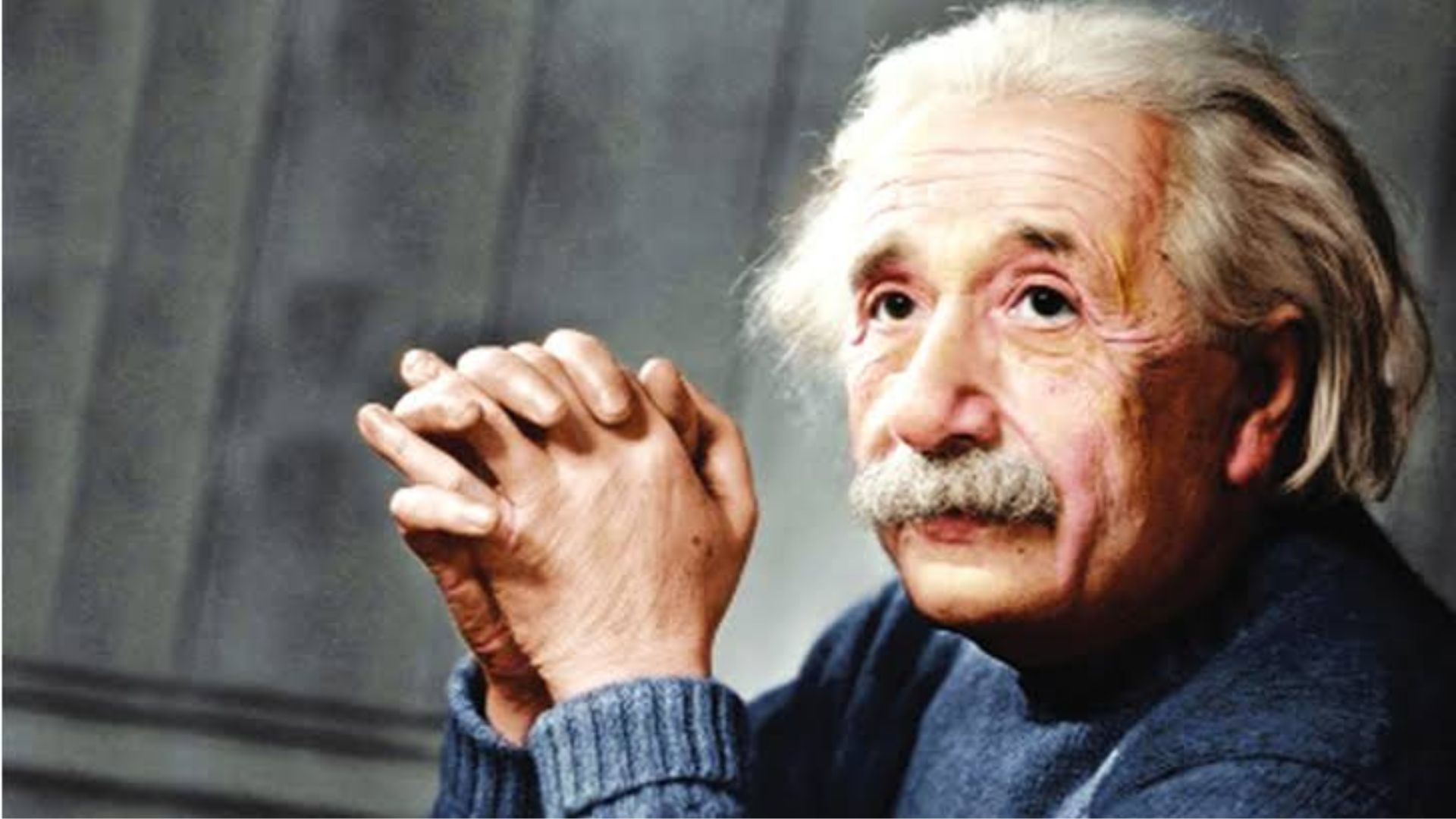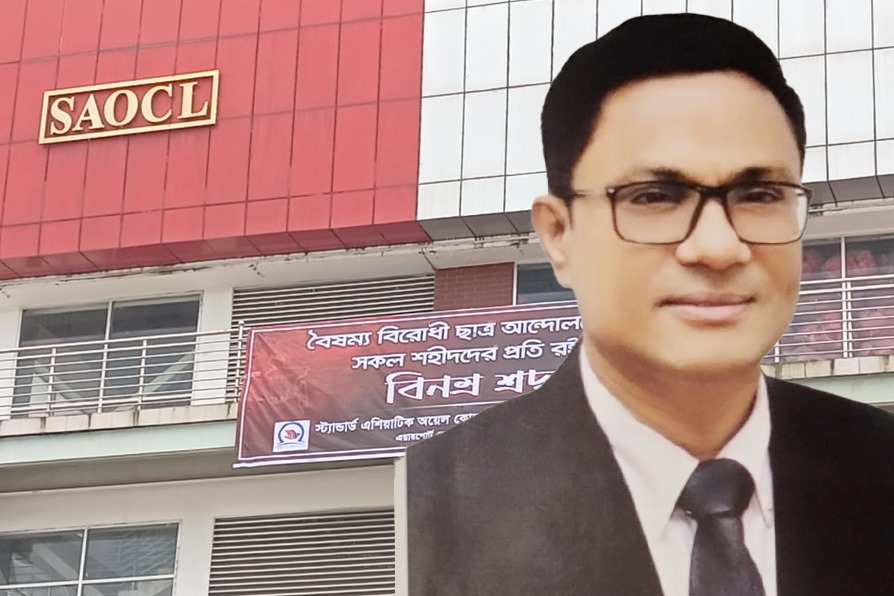
Albert Einstein is considered one of the leading figures in modern physics. His theory of relativity and the equation E=mc² brought about a breakthrough in the history of science and radically changed our view of the reality of the world. His contributions have deepened our knowledge of the workings of the universe, the relationship of space and time, and the interaction of energy and mass. Einstein’s extraordinary creativity, genius and humanistic outlook at various stages of his life established him not only as a scientist but also as a cultural icon.
Childhood and Education: The Beginning of Curiosity
On March 14, 1879, Albert Einstein was born in Ulm, Germany. Her father Hermann Einstein was an electrical engineer and mother Pauline Koch was a housewife. As a child, Einstein was quiet and curious. His early education began at the Luipold School in Munich. It was here that he faced various obstacles from teachers for his curiosity and independent thinking. Einstein’s distaste for traditional teaching methods and tendency to follow his own teaching methods set him apart from others.
An important event in Einstein’s childhood was when he received a small compass from his father. Einstein was amazed to see that the compass needle always points north. It was this little compass that sparked his fascination with the unseen forces of the universe, which later served as one of the inspirations on his path to becoming a scientist.
In 1894, when his father’s business failed, his family moved to Italy, and Einstein left school to join the family. He later attended school in Arau, Switzerland for a year and then enrolled at the Swiss Federal Polytechnic School in Zurich. Here he studied physics and mathematics and showed his true abilities academically.
Bern Patent Office Days: Early Stages of Research
After graduating from Zurich, Einstein searched for a job for some time and finally started working as a patent examiner at the Federal Patent Office in Bern in 1902. This was one of the most creative periods of his life, where he worked at the patent office during the day and conducted his own research at night.
1905 was the “miraculous year” or “Annus Mirabilis” of his life, when he published four revolutionary papers:
1. **Brownian motion:** In this study he explains how tiny particles move through a liquid or gas. This explanation helped prove the existence of atoms and molecules and later revolutionized physics.
2. **Photoelectric Effect:** In this study, Einstein showed that light can act as a particle, which can free electrons from metals. This theory played an important role in the development of quantum mechanics and won him the Nobel Prize in Physics in 1921.
3. **Theory of Special Relativity:** In this theory Einstein proved that space and time are relative and it depends on the motion and position of the observer. This theory implies that the speed of light is always constant and is part of the fundamental structure of space.
4. **Mass-energy equation (E=mc²):** This equation shows that mass and energy are equivalent to each other. It served as the basis for atomic energy and proved that small masses could contain large amounts of energy.
General Relativity: Redefining Gravitation
In 1915, Einstein published his theory of general relativity, which provided a new explanation for gravitation. General relativity explains gravity not as a force, but as a curvature of space-time. Large mass objects, such as the Sun, cause curvature of space-time around it, which controls the motion of other objects.
In 1919, during a total solar eclipse, scientists observed that light from stars near the Sun was bent by the Sun’s gravity, supporting Einstein’s theory. This made him famous around the world and established general relativity as the cornerstone of modern physics.
Conflict with quantum theory
Although Einstein contributed to the development of quantum theory, he objected to its uncertainty and unpredictability. In quantum mechanics it is not possible to make precise predictions of events; Instead it works on probabilities. Einstein was against such uncertainty and probabilities. He believed that nature obeys definite laws, which can always be calculated.
His debates with Niels Bohr, a major proponent of quantum theory, became one of the most famous in the history of physics. The theoretical debates between Einstein and Bohr opened philosophical and scientific new trends in physics and opened the way for a deeper study of quantum theory.
Social and political activism
Einstein was not just a scientist; He was also an active social worker and political figure. During the First World War, he advocated peace and spoke out against war. He criticized German militarism and worked for world peace and disarmament.
Einstein strongly criticized the Nazi regime during World War II. After Hitler’s rise to power, he left Germany for the United States and attended Princeton’s Institute for Advanced Study. In 1939, Einstein along with his fellow scientists met US President Franklin D. Wrote a letter to Roosevelt, in which he warned of the possibility of Germany developing nuclear weapons. This letter led to the Manhattan Project, which led to the development of the atomic bomb.
Although Einstein was against the use of nuclear weapons, his actions accelerated the development of nuclear power. After the war, he campaigned for nuclear disarmament and played an active role in the peace movement. He was also active in the civil rights movement and spoke out against apartheid in America.
Einstein’s Scientific Philosophy (contd.)
Einstein did not see science as just a profession; He saw it as a way to emancipate humanity. According to him, science is a human inquiry, a means of understanding and improving our world. His philosophy not only encouraged him to think beyond the limits of physics, but also made him more sensitive to social and human problems.
Einstein believed that the fundamental laws of nature are beautiful and symmetrical, which can be accurately understood beyond the limitations of the human mind. This belief gave him deep insight into his theoretical works and helped him express the nuances of natural processes in mathematical terms.
Personal life and family
Einstein’s personal life was also quite exciting. In 1903, he married Mileva Marik, a teacher. They had two children: Hans Albert and Eduard. Although Einstein and Mileva’s relationship was initially happy, they later became disillusioned and they separated in 1919.
After the divorce, Einstein remarried in 1923 to a woman named Elsa Lowenthal. His relationship with Elsa was much more supportive, and Elsa was very sympathetic to his life and work.
Einstein’s family life and relationship with his children were also somewhat complicated. His separation from his first wife, Mileva Maric, had a profound effect on his children. His son Eduard suffered from mental problems and his life eventually ended tragically.
Impact on science and technology
Einstein’s work revolutionized scientific thinking and greatly influenced the development of science and technology. His theory of special relativity cast a new light on space and time and redefined the concept of space-time through the theory of gravitation.
His scientific contributions are not limited to physics; His thinking also played an important role in the development of modern technology. For example, Einstein’s theories served as fundamental foundations for the study of atomic energy and cosmology. His theory helped to understand the complex relationship of space-time and the relationship between mass and energy, which paved the way for the discovery of gravitational waves.
Scientific heritage and implications for future generations
Einstein’s influence was not limited to his time; His theories and thinking have had a profound influence on the scientific thinking of present and future generations. His work has led to the development of various branches of cosmology, quantum mechanics, and theoretical physics.
His innovative thinking and contributions as a scientist are serving as an inspiration to the new generation of scientists. Following Einstein’s model of research and discovery, scientists are exploring new ideas and theories using his approaches and methods.
Last life and death
Towards the end of his life, Einstein was working as a professor at Princeton’s Institute for Advanced Study. Here he was working on his “Unified Field Theory”, which attempted to unify elementary forces such as gravity and electromagnetism. Although he did not find a complete solution to this theory, his efforts are considered to be an attempt to open new horizons in physics.
Einstein was active in social and political issues even in his later life. He worked in the civil rights movement, promoting peace and supporting the Jewish state of Israel. He also turned down an offer to become Israel’s first president, as he did not consider himself fit for such political responsibility.
On April 17, 1955, Einstein’s condition worsened from an abdominal aortic aneurysm, and he died the next day, April 18, in Princeton. After his death his brain was preserved for research. Researchers analyzed the structure of his brain to try to find the source of his intelligence.
Succession and influence
Einstein’s legacy is infinite and all-encompassing. Through his theoretical works, he redefined the scope of physics and showed scientists new ways to understand the universe. His contributions to special and general relativity, quantum theory, and his thoughts on the structure of the universe formed the foundations of physics.
Einstein’s thinking was not limited to science; He influenced philosophy, mathematics and sociology. His works have also left a deep impression on art, literature and popular culture. Numerous books, movies, and documentaries have been made about his life and work, making him something of a cultural icon.
Albert Einstein was an extraordinary scientist and thinker, who changed the world with his great genius, creativity and humanitarian perspective. His work redefined the fundamental concepts of physics and laid the foundation for modern science.
Einstein’s life story teaches us how curiosity, perseverance and innovative thinking can play a vital role in the progress of humanity. His contributions are not limited to science; It also has implications for human values, social activism and cultural progress. Einstein will always be an inspiration to us, who bridged the gap between science, humanities and philosophy.

 Md. Ibrahim Hossain Bishal
Md. Ibrahim Hossain Bishal 
























